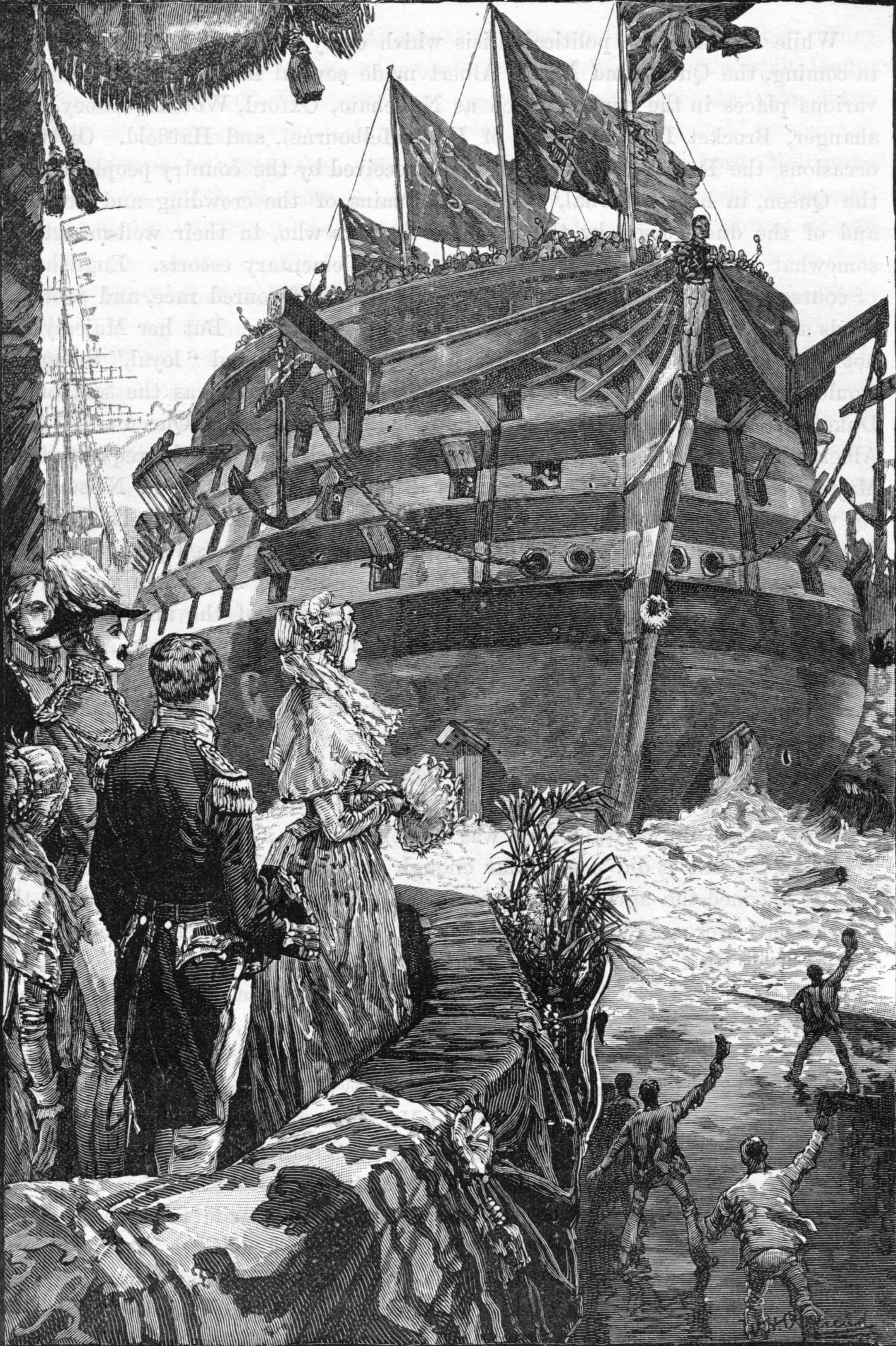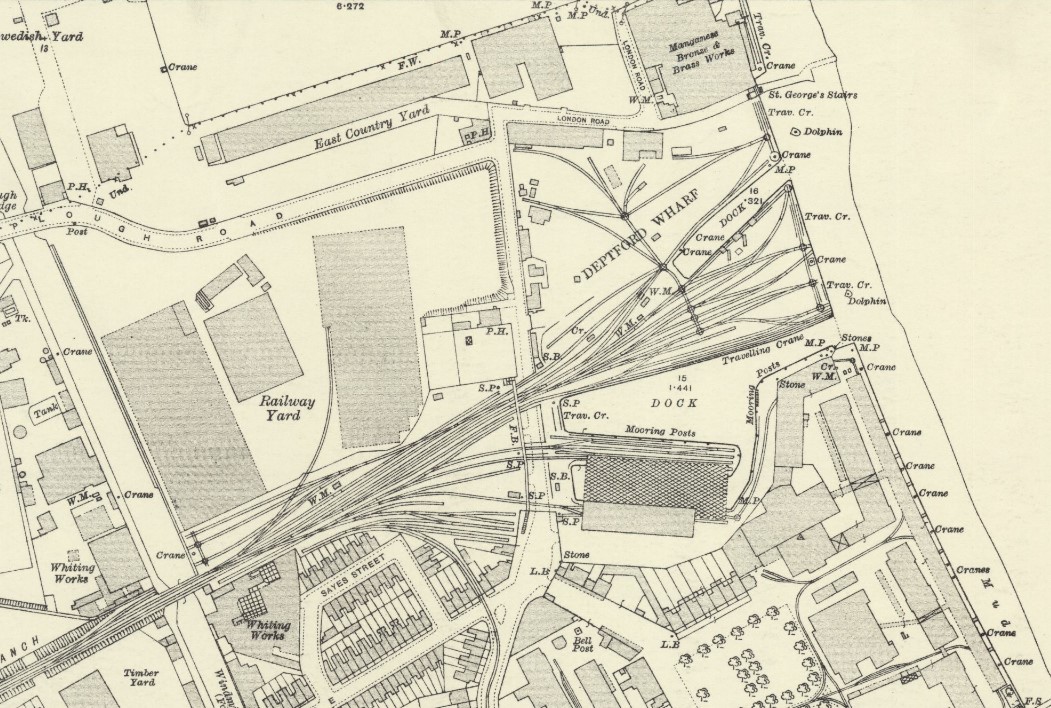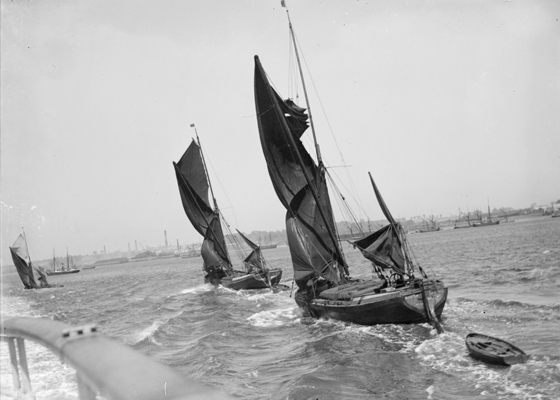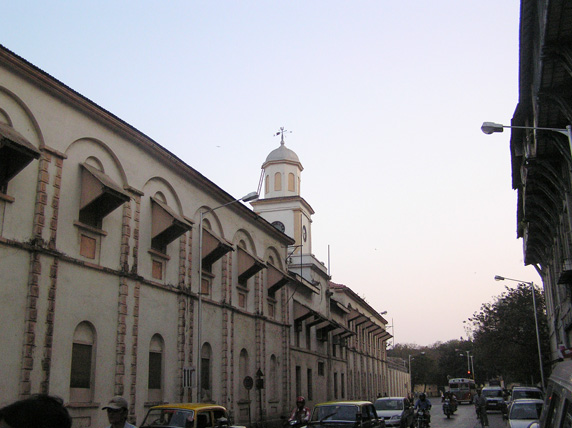|
Repulse-class Ship Of The Line
The ''Repulse''-class ships of the line were a class of eleven 74-gun third rates, designed for the Royal Navy by Sir William Rule. The first three ships to this design were ordered in 1800, with a second batch of five following in 1805. The final three ships of the class were ordered towards the end of the Napoleonic War to a modified version of Rule's draught, using the new constructional system created by Sir Robert Seppings; all three were completed after the war's end. Ships * :Builder: Dudman, Deptford Wharf :Ordered: 4 February 1800 :Laid down: December 1800 :Launched: 11 December 1802 :Fate: Broken up, 1821 * :Builder: Barnard, Deptford Wharf :Ordered: 4 February 1800 :Laid down: September 1800 :Launched: 22 July 1803 :Fate: Broken up, 1820 * :Builder: Pitcher, Northfleet :Ordered: 4 February 1800 :Laid down: August 1800 :Launched: 27 February 1804 :Fate: Burnt, 1926 * :Builder: Perry, Wells & Green, Blackwall Yard :Ordered: 31 January 1805 :Laid down: April 1805 ... [...More Info...] [...Related Items...] OR: [Wikipedia] [Google] [Baidu] |
Ship Of The Line
A ship of the line was a type of naval warship constructed during the Age of Sail from the 17th century to the mid-19th century. The ship of the line was designed for the naval tactic known as the line of battle, which depended on the two columns of opposing warships maneuvering to volley fire with the cannons along their broadsides. In conflicts where opposing ships were both able to fire from their broadsides, the opponent with more cannons firingand therefore more firepowertypically had an advantage. Since these engagements were almost invariably won by the heaviest ships carrying more of the most powerful guns, the natural progression was to build sailing vessels that were the largest and most powerful of their time. From the end of the 1840s, the introduction of steam power brought less dependence on the wind in battle and led to the construction of screw-driven wooden-hulled ships of the line; a number of purely sail-powered ships were converted to this propulsion mech ... [...More Info...] [...Related Items...] OR: [Wikipedia] [Google] [Baidu] |
Ships Of The Line
A ship of the line was a type of naval warship constructed during the Age of Sail from the 17th century to the mid-19th century. The ship of the line was designed for the naval tactic known as the line of battle, which depended on the two columns of opposing warships maneuvering to volley fire with the cannons along their broadsides. In conflicts where opposing ships were both able to fire from their broadsides, the opponent with more cannons firingand therefore more firepowertypically had an advantage. Since these engagements were almost invariably won by the heaviest ships carrying more of the most powerful guns, the natural progression was to build sailing vessels that were the largest and most powerful of their time. From the end of the 1840s, the introduction of steam power brought less dependence on the wind in battle and led to the construction of screw-driven wooden-hulled ships of the line; a number of purely sail-powered ships were converted to this propulsion mechani ... [...More Info...] [...Related Items...] OR: [Wikipedia] [Google] [Baidu] |
Third Rate
In the rating system of the Royal Navy, a third rate was a ship of the line which from the 1720s mounted between 64 and 80 guns, typically built with two gun decks (thus the related term two-decker). Years of experience proved that the third rate ships embodied the best compromise between sailing ability (speed, handling), firepower, and cost. So, while first-rates and second-rates were both larger and more powerful, third-rate ships were the optimal configuration. Rating When the rating system was first established in the 1620s, the third rate was defined as those ships having at least 200 but not more than 300 men; previous to this, the type had been classified as "middling ships". By the 1660s, the means of classification had shifted from the number of men to the number of carriage-mounted guns, and third rates at that time mounted between 48 and 60 guns. By the turn of the century, the criterion boundaries had increased and third rate carried more than 60 guns, with seco ... [...More Info...] [...Related Items...] OR: [Wikipedia] [Google] [Baidu] |
Royal Navy
The Royal Navy (RN) is the United Kingdom's naval warfare force. Although warships were used by English and Scottish kings from the early medieval period, the first major maritime engagements were fought in the Hundred Years' War against France. The modern Royal Navy traces its origins to the early 16th century; the oldest of the UK's armed services, it is consequently known as the Senior Service. From the middle decades of the 17th century, and through the 18th century, the Royal Navy vied with the Dutch Navy and later with the French Navy for maritime supremacy. From the mid 18th century, it was the world's most powerful navy until the Second World War. The Royal Navy played a key part in establishing and defending the British Empire, and four Imperial fortress colonies and a string of imperial bases and coaling stations secured the Royal Navy's ability to assert naval superiority globally. Owing to this historical prominence, it is common, even among non-Britons, to ref ... [...More Info...] [...Related Items...] OR: [Wikipedia] [Google] [Baidu] |
William Rule (Surveyor Of The Navy)
Sir William Rule (c.1750–1816) was a shipbuilder and designer to the Royal Navy who rose to be Surveyor of the Navy. Designing during the Napoleonic Wars, many of his ships took place in the critical battles: Nile, Trafalgar, Copenhagen, etc. Life He was born in south England around 1750. He first appears in Royal Navy records in April 1778 as a Master Mastmaker at Woolwich Dockyard, however this position infers both an apprenticeship as a ships carpenter and a period in the dockyards as a standard mastmaker. In September 1778 he was promoted to Master Boatbuilder at Portsmouth Dockyard. In February 1779 he moved to Sheerness Dockyard, first as Master Shipwright then as Master Caulker. By 1787 he was Assistant Master Shipwright at Portsmouth Dockyard, and in March of that year was appointed Master Shipwright back at Sheerness Dockyard thereafter having overall charge of all ships constructed there, and from this point the Royal Navy list the ships built under his ch ... [...More Info...] [...Related Items...] OR: [Wikipedia] [Google] [Baidu] |
Napoleonic War
The Napoleonic Wars (1803–1815) were a series of major global conflicts pitting the French Empire and its allies, led by Napoleon I, against a fluctuating array of European states formed into various coalitions. It produced a period of French domination over most of continental Europe. The wars stemmed from the unresolved disputes associated with the French Revolution and the French Revolutionary Wars consisting of the War of the First Coalition (1792–1797) and the War of the Second Coalition (1798–1802). The Napoleonic Wars are often described as five conflicts, each termed after the coalition that fought Napoleon: the Third Coalition (1803–1806), the Fourth (1806–1807), the Fifth (1809), the Sixth (1813–1814), and the Seventh (1815) plus the Peninsular War (1807–1814) and the French invasion of Russia (1812). Napoleon, upon ascending to First Consul of France in 1799, had inherited a republic in chaos; he subsequently created a state with stable finances, ... [...More Info...] [...Related Items...] OR: [Wikipedia] [Google] [Baidu] |
Robert Seppings
Sir Robert Seppings, FRS (11 December 176725 April 1840) was an English naval architect. His experiments with diagonal trusses in the construction of ships led to his appointment as Surveyor of the Navy in 1813, a position he held until 1835. Biography Seppings was born to Robert Seppings (1734-1781) and his wife Lydia Milligen (1740-1821), at Fakenham, Norfolk, on 11 December 1767 and was baptised three days later. In 1782 he was apprenticed in Plymouth Dock. In 1800, when he had risen to be master shipwright assistant in the yard, he invented a device which greatly reduced the time required to repair the lower portions of ships in dry dock when compared with the laborious process of lifting then in vogue. His plan was to make the keel of the ship rest upon a series of supports placed on the floor of the dock and each consisting of three parts - two being wedges arranged one on each side of the keel at right angles to it, with their thin ends together, while the third was a verti ... [...More Info...] [...Related Items...] OR: [Wikipedia] [Google] [Baidu] |
Deptford Wharf
Deptford Wharf in London, UK is situated on the Thames Path southeast of South Dock Marina, across the culverted mouth of the Earl's Sluice and north of Aragon Tower. In the late 18th and early 19th century this area was used for shipbuilding with several building slips. With the coming of the railway in 1848 Deptford wharf and docks were used to import coal and for other goods. The housing here, completed in 1992, is on the site of former railway sidings and riverside wharves.Plaque at entrance to Tariff Crescent Dock and shipyard The dock built was by John Winter in 1704 and belonged to the Evelyn family. Described in 1726 as having a great depth of water, and as being the best private dock upon the river.In the 1726 grant from Sir Frederic Evelyn to Sir John Evelyn.A topographical dictionary of England [...More Info...] [...Related Items...] OR: [Wikipedia] [Google] [Baidu] |
Northfleet
Northfleet is a town in the borough of Gravesham in Kent, England. It is located immediately west of Gravesend, and on the border with the Borough of Dartford. Northfleet has its own railway station on the North Kent Line, just east of Ebbsfleet International railway station on the High Speed 1 line. The area Northfleet's name is derived from being situated on the northern reach of what was once called the River Fleet (today known as the Ebbsfleet River). There is a village at the other end of the river named Southfleet. It has been the site of a settlement on the shore of the River Thames adjacent to Gravesend since Roman times. It was known as ''Fleote'' by the Saxons c. 600 AD, ''Flyote'' c. 900 AD, and ''Flete'' c. 1000 AD. It was recorded as ''Norfluet'' in the Domesday Book, and ''Northflet'' in 1201. By 1610 the name of Northfleet had become established. A battle took place during the Civil War at the Stonebridge over the Ebbsfleet river. Northfleet became a town in 187 ... [...More Info...] [...Related Items...] OR: [Wikipedia] [Google] [Baidu] |
Blackwall Yard
Blackwall Yard is a small body of water that used to be a shipyard on the River Thames in Blackwall, engaged in ship building and later ship repairs for over 350 years. The yard closed in 1987. History East India Company Blackwall was a shipbuilding area since the Middle Ages. In 1607, the Honorable East India Company (HEIC) decided to build its own ships and leased a yard in Deptford. Initially, this change of policy proved profitable as the first ships cost the Company about £10 per ton instead of the £45 per ton that it had been paying to have ships built for it. However, the situation changed as the Deptford yard came to be expensive to run. In 1614 the East India Company outgrew Deptford and ordered William Burrell to begin work on a new yard for repair, construction and loading of out-going ships. The site Burrell selected was at Blackwall, which was further down river and had deeper water, allowing laden ships to moor closer to the dock. The new yard was fully ope ... [...More Info...] [...Related Items...] OR: [Wikipedia] [Google] [Baidu] |
Woolwich Dockyard
Woolwich Dockyard (formally H.M. Dockyard, Woolwich, also known as The King's Yard, Woolwich) was an English Royal Navy Dockyard, naval dockyard along the river Thames at Woolwich in north-west Kent, where many ships were built from the early 16th century until the late 19th century. William Camden called it 'the Mother Dock of all England'. By virtue of the size and quantity of vessels built there, Woolwich Dockyard is described as having been 'among the most important shipyards of seventeenth-century Europe'. During the Age of Sail, the yard continued to be used for shipbuilding and repair work more or less consistently; in the 1830s a specialist factory within the dockyard oversaw the introduction of Steamship, steam power for ships of the Royal Navy. At its largest extent it filled a 56-acre site north of Woolwich Church Street, between Warspite Road and New Ferry Approach; 19th-century naval vessels were fast outgrowing the yard, however, and it eventually closed in 1869 (th ... [...More Info...] [...Related Items...] OR: [Wikipedia] [Google] [Baidu] |
Bombay Dockyard
Bombay Dockyard, also known as Naval Dockyard, is an Indian shipbuilding yard at Mumbai. The superintendent of the dockyard is a Naval Officer of the rank Rear Admiral, known as the Admiral Superintendent. Background Shipbuilding was an established profession throughout the Indian coastline prior to the advent of the Europeans and it contributed significantly to maritime exploration throughout Indian maritime history. Indian rulers weakened with the advent of the European powers during the middle ages. Indian shipbuilders, however, continued to build ships capable of carrying 800 to 1000 tons. The shipbuilders built ships like HMS ''Hindostan'' and HMS ''Ceylon'', inducted into the Royal Navy. Other historical ships made by the Indian shipbuilders included HMS ''Asia'' (commanded by Edward Codrington during the Battle of Navarino in 1827), HMS ''Cornwallis'' (on board which the Treaty of Nanking was signed in 1842), and HMS ''Minden'' (on which Francis Scott Key wrote the ... [...More Info...] [...Related Items...] OR: [Wikipedia] [Google] [Baidu] |



%2C_by_William_Bradley.jpg)




